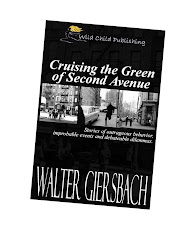 |
Why is my elbow in your eye when I get to the middle of the paper?
|
Is anyone else as prickled as I am when coming to the center spread of a New York Times supplement only to find a double-truck story? That’s the spread in this week’s “Sunday Review” that marches across eight columns of type and art from page 6 to page 7. It features a 10-panel cartoon about pasta and, below, some 3,000 words asking “Why Are There No People of Color in Children’s Books?”
My arms open wide to see the extent of this ocean of typography and art. If I start here in column one then how far is it to the end? Although I no longer commute, the “end” is usually the nose of the person sitting next to me.
As a former train and bus commuter I learned early on to open the Times vertically, then fold it vertically again. This minimizes the space I (the party of the first part) intrude on the personal space occupied by my fellow passenger (the party of the second part) sharing a bench seat. This courtesy is a small part of what helps everyone get along.
Why do the art directors — perhaps copy editors — do this? Simply because they can. These are the same people that fill a page with black ink and drop out the type in white making it impossible to read. They’re the same Look-at-Me designers who run boxes of insignificant blurbs in 6- or 8-point type. When I see these sections I know it’s time to stop, take off my glasses and squint to find some 50-word colloquy on current opinion.
“Simply because they can” is not a defensible approach to design, layout or publishing. Or keeping peace with the fellow passengers in your life.



